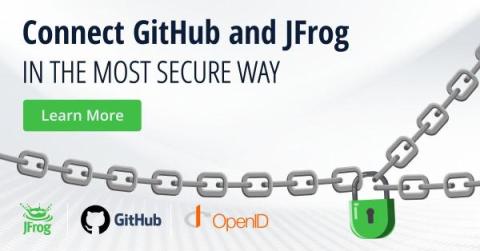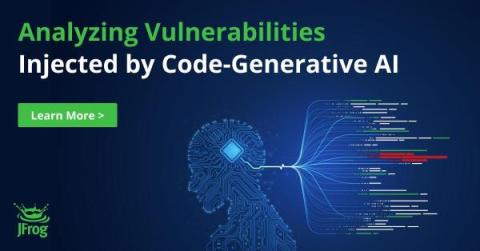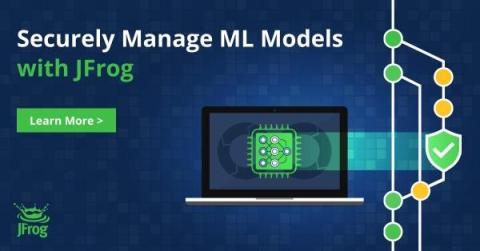Security | Threat Detection | Cyberattacks | DevSecOps | Compliance
Latest Posts
Secure Access To Your Software Development with GitHub OpenID Connect (OIDC) and JFrog
Analyzing common vulnerabilities introduced by Code-Generative AI
Empowering DevSecOps: JFrog's Enterprise-Ready Platform for Federal NIST SP 800-218 Compliance
*nix libX11: Uncovering and exploiting a 35-year-old vulnerability - Part 2 of 2
*nix libX11: Uncovering and exploiting a 35-year-old vulnerability - Part 1 of 2
The JFrog Security research team has recently discovered two security vulnerabilities in X.Org libX11, the widely popular graphics library – CVE-2023-43786 and CVE-2023-43787 (with a high NVD severity CVSS 7.8). These vulnerabilities cause a denial-of-service and remote code execution. X11’s latest versions contain fixes for these vulnerabilities.
Integrating JFrog Artifactory with Amazon SageMaker
Today, we’re excited to announce a new integration with Amazon SageMaker! SageMaker helps companies build, train, and deploy machine learning (ML) models for any use case with fully managed infrastructure, tools, and workflows. By leveraging JFrog Artifactory and Amazon SageMaker together, ML models can be delivered alongside all other software development components in a modern DevSecOps workflow, making each model immutable, traceable, secure, and validated as it matures for release.
Evolving ML Model Versioning
TL;DR: JFrog’s ML Model Management capabilities, which help bridge the gap between AI/ML model development and DevSecOps, are now Generally Available and come with a new approach to versioning models that benefit Data Scientists and DevOps Engineers alike. Model versioning can be a frustrating process with many considerations when taking models from Data Science to Production.
What is JFrog Security?
The security of the software supply chain is rapidly becoming a paramount concern for organizations — and for good reason. With the increasing number of published Common Vulnerabilities and Exposures (CVEs), developers face the challenge of delivering software faster than ever before. However, in their quest for speed, many dev and security teams have resorted to fragmented security solutions, inadvertently leaving critical gaps in coverage and compromising their competitive advantage.
Proactive Vulnerability Management is a No Brainer for Security, but...
In December 2022, the US Cybersecurity and Infrastructure Security Agency (CISA) identified exploits against vulnerable public-facing applications as the most common initial attack vector for cybercriminals, followed by attacks on external remote services such as VPNs. According to a study by CrowdStrike, exploit activity targeting cloud apps and assets grew 95% from 2021 to 2022, and instances of threat actors directly targeting cloud apps exploded by 288% during that period.











